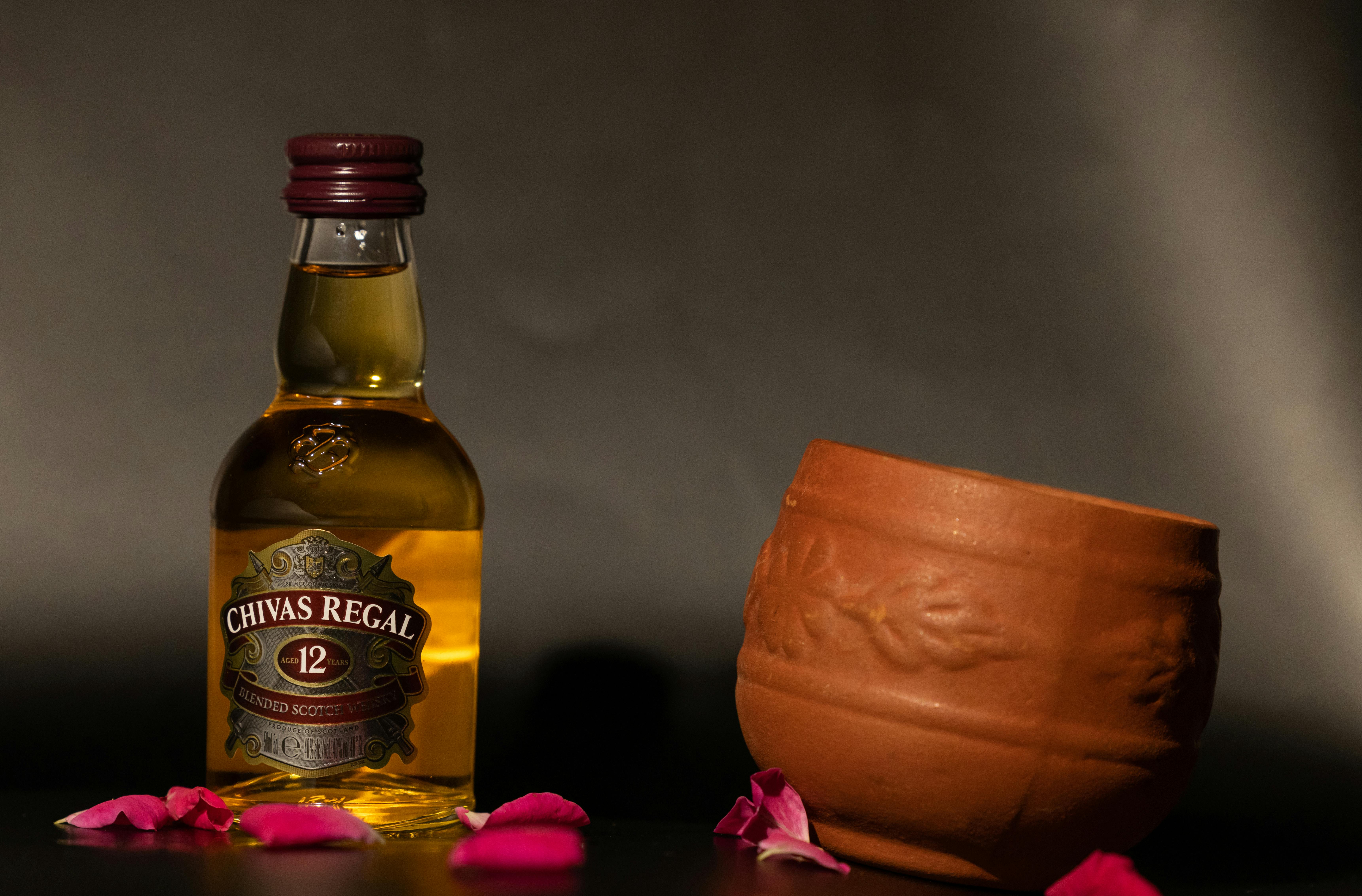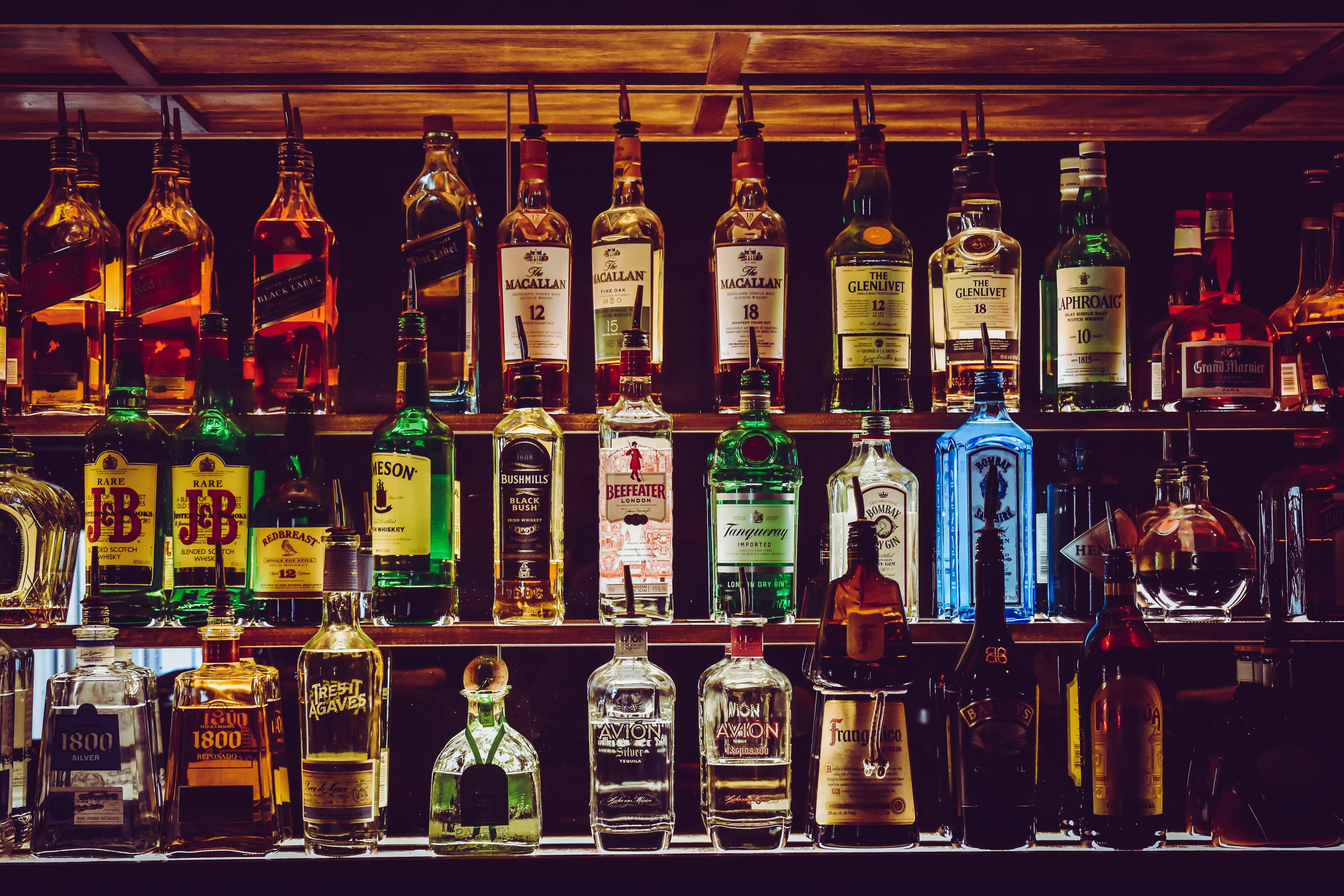Distilling whiskey is an age-old process that requires skill, precision, and patience. Distilling whiskey involves taking grain mash and fermenting it, then boiling the liquid to separate the alcohol from the water. The alcohol is then collected and cooled before it can be aged in wooden barrels and bottled as whiskey. By distilling whiskey, a wide range of flavors, aromas, and textures can be achieved. In this guide, we’ll explain the distillation process in detail so you can understand how whiskey is made from start to finish.Whiskey distillation is the process of producing whiskey by distilling fermented grain mash. The distillation process involves heating a fermented mash of grains such as barley, rye, wheat, or corn and then collecting the alcohol-rich vapor that rises from the heated liquid. This vapor is then condensed into a liquid form that is often referred to as “white whiskey” or “moonshine” and can be aged in oak barrels to create the finished product.
Distillation Process for Whiskey
Whiskey distillation is the process of taking a fermented grain mash and separating it into its component parts. The distillation of whiskey involves boiling the mixture until it vaporizes and then condensing it back into a liquid. This process allows for the removal of impurities, concentration of flavor and aroma compounds, and the production of higher-proof alcohols. During this process, certain compounds are removed from the mixture while others are left behind to contribute to the final flavor profile.
The traditional method for distilling whiskey is through pot stills, which are large copper kettles that sit on top of a furnace or stove. The mash is poured into the kettle and heated until it boils, releasing alcohol vapors which rise up through a swan’s neck tube and into a condenser. The condenser cools the vapors, turning them back into liquid form, which then flows out into a collecting vessel. This liquid is known as “low wines” and has an alcohol content of around 20-30%.
The low wines are then redistilled in order to increase their strength and purity. This can be
Equipment Needed to Distill Whiskey
Distilling whiskey at home requires a few specialized pieces of equipment. The most important piece of equipment is the still. A still is a device used to separate a liquid into its component parts based on their boiling points. The still should be made from food-grade stainless steel and should be at least 20 gallons in size. Additionally, you will need a fermentation tank for your mash, as well as an airlock, thermometer, hydrometer, and other miscellaneous items.
You will also need a heat source to boil the alcohol vapor during distillation. This can be done with either an electric or gas-fired boiler or with a simple wood fire. If you plan on using wood as your fuel source, you will also need a good chimney system and safety equipment such as gloves and safety glasses.
Finally, distilling whiskey requires collection vessels such as carboys or buckets to collect your spirit during distillation. These containers should be made from glass or stainless steel and should have airtight lids to prevent contamination or evaporation of the spirit during dist
How Is Whiskey Aged After Distillation?
Whiskey is aged after it has been distilled in order to develop its flavor and aroma. This aging process usually occurs in oak barrels, although other types of wood can be used. The whiskey is stored in the barrels for a period of time ranging from months to decades. During this time, the whiskey absorbs the flavor and aroma of the oak as well as gaining its dark color. The length of time that whiskey is aged depends on the type of whiskey being made and the desired flavor profile.
During aging, the whiskey slowly evaporates from the barrel, known as “the angel’s share”. As a result, some of the alcohol content is lost during this process, resulting in a smoother flavor and lower proof. The temperature and humidity conditions inside the warehouse also affect how quickly or slowly the whiskey matures during this period.
Once the aging period is complete, the whiskey is often blended with other whiskeys to create a unique flavor profile or blended with other spirits such as brandy or sherry to add complexity. The final product is
Different Types of Whiskey
Whiskey is a type of distilled alcoholic beverage made from different grains. It can be made from rye, wheat, barley, corn, and other grains. The most common types of whiskey are Scotch, Irish Whiskey, Bourbon, Rye Whiskey and Tennessee Whiskey. Each type has unique characteristics and flavors that make it distinct from the others.
Scotch is a type of whiskey made in Scotland and aged in oak barrels for at least three years. It has a distinctive smoky flavor that is often described as peaty or smoky. Scotch is typically divided into two categories – single malt and blended whiskey. Single malt Scotch is made from one type of grain while blended whisky is made from multiple grains.
Irish whiskey is also distilled from grains but it must be aged in Ireland for at least three years to qualify as whiskey under Irish law. Irish whiskey has a milder taste than Scotch due to its lighter aging process. The most popular types of Irish whiskey include single malt, blended, pot still and grain whiskeys.
B

What Is The Difference Between Scotch And Bourbon Whiskey?
Scotch and bourbon are both types of whiskey, but there are some distinct differences between the two. Scotch is a whiskey made from malted barley, which is then aged in oak barrels for at least three years. It has a smoky flavor due to the use of peat smoke in production. Bourbon, on the other hand, is made from corn and aged in charred oak barrels for a minimum of two years. It has a sweeter flavor than Scotch due to its higher sugar content. Another difference between the two spirits is that Scotch must be distilled in Scotland while bourbon must be made in the United States.
In terms of alcohol content, scotch typically has an ABV (alcohol by volume) of 40-50%, while bourbon usually clocks in at 40-60%. There are also differences in the distillation process; scotch whiskeys have a continuous distillation process while bourbon whiskeys have batch distillation process. Furthermore, while most scotches are unblended single malt whiskeys, bourbons can be blended whiskeys or single barrel varieties.
How Long Does It Take To Distill Whiskey?
Distilling whiskey is a time-consuming process. Depending on the type of whiskey and the distilling method used, it can take anywhere from a few days to several months to complete. Generally, the longer the distillation process, the smoother and more complex the flavor profile of the whiskey will be.
For example, Scotch whiskey is usually distilled twice in copper pot stills and then aged for at least three years in oak barrels. This process takes some time but produces a smooth, well-rounded spirit with hints of peat and smokiness.
Bourbon whiskey is typically distilled in a column still and aged for two years in new charred oak barrels. This relatively short aging period gives bourbon its signature sweet, spicy flavor profile.
In contrast, Rye whiskey is usually distilled once in a copper pot still and then aged for around four years in oak barrels. This longer aging period helps to bring out rye’s unique spicy characteristics.
No matter what type of whiskey you’re distilling, it’s important to remember that patience is key when it comes to
Rules and Regulations Around Distilling Whiskey
Distilling whiskey is a complex process that involves many rules and regulations. All distillers must abide by the laws of the federal government, as well as those of the state in which they are operating. The Alcohol and Tobacco Tax and Trade Bureau (TTB) sets the standards for distilling whiskey, including labeling requirements, ingredient sourcing, and other important aspects of the process. In addition to federal laws, individual states may impose additional restrictions on distilling whiskey.
Labeling Requirements
The TTB requires that all distilled spirits be labeled in accordance with their regulations. This includes listing the ingredients used in production, as well as any additives or flavorings that are added during production. Additionally, labels must include information about the alcohol content and ABV (alcohol by volume), as well as a statement of origin if the whiskey was made from imported ingredients. Labels must also include net contents (the amount of liquid in each container) and descriptors such as “straight” or “blended” to indicate how the whiskey was produced.
Ing

Conclusion
Distilling whiskey is a time-honored process that has been around for centuries. It involves taking a fermented grain solution and boiling it in a still, either pot or column, to remove the alcohol from the solution and produce a concentrated alcohol vapor. This vapor is then condensed back into liquid form, which is then aged in oak barrels to create the whiskey we know and love. Distilling whiskey requires patience and precision, but the end result is well worth the effort.
If you’re looking to take up distilling as a hobby, there are a variety of resources online that can provide helpful guidance for getting started. With just some basic equipment and knowledge, you can begin experimenting with your own whiskey recipes and find out what works best for you.
No matter what type of whiskey you’re trying to make, distilling it correctly will be key to achieving the desired flavor profile. From choosing your grains and fermenting them properly to understanding how distillation works, making great whiskey takes skill and dedication. But when done correctly, you’ll be rewarded with an amazing spirit that is truly one-of-a-kind.

